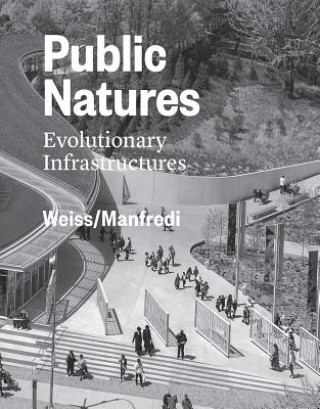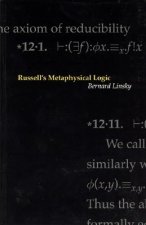
Kézbesítés
Vásárlási tanácsadó





Nem vált be? Semmi gond! Nálunk 30 napon belül visszaküldheti
 Ajándékutalvány
bármilyen értékben
Ajándékutalvány
bármilyen értékben
Ajándékutalvánnyal nem nyúlhat mellé. A megajándékozott az ajándékutalványért bármit választhat kínálatunkból.
Public Natures
 Angol
Angol
 163 b
163 b
30 nap a termék visszaküldésére
Ezt is ajánljuk


Authors' Statement Larger than life but part of it, infrastructure has an immediate presence; it shapes our environment and urban life in vital, authentic and often messy ways. The very nature of infrastructure suggests continuity and connection, yet the physical manifestation of infrastructure also has the capacity to sever communities and unravel the increasingly fragmented fabric of our metropolitan world. If infrastructure can be defined as the basic physical and organisational structure needed for the operation of a society or enterprise, then rail and subway lines, distribution grids, water ways, communications rights-of-way, highways, bridges, on and off ramps, are all elements of our constructed landscape that are as pressing as the cultural institutions that typically attract the attention of designers and the general public. We look at the physical elements of infrastructure and the often marginalized sites they occupy as potential contributions to a meaningful public realm. We focus our attention on the interstitial spaces that transform and reconnect disparate enclaves across the metropolis. Complementing the proposed reinvigoration of the infrastructural project proper, we also seek to expand the domain of infrastructure to encompass its latent qualities as an armature for social and cultural practices--its "public natures." Toward these ends, the case of the campus and the research institution offers a compelling venue to test the evolution of the infrastructural project in the spatial, social, and technological registers. In contrast to the open-ended movement and continuities associated with infrastructure, institutions have traditionally been characterised by the clarity of their boundaries, with finite internal infrastructures designed to support their distinct requirements. However, the expanding scale and definition of the campus and the proliferation of research institutions in cities po e new opportunities and challenges for infrastructural thinking. Herein lies the potential for activating buildings so that they perform not as static groupings of forms, but as ecologies of pieces which intersect and overlap with neighboring urban ecologies. What if a new paradigm for infrastructure existed? We imagine a definition that is both projective and pragmatic--a prototypical ideal might be described as an Evolutionary Infrastructure--intrinsically agile, capable of optimising the performance of static institutions and leveraging the stray spatial consequences of pre-existing infrastructures. Public Natures: Evolutionary Infrastructures suggests new obligations and opportunities for infrastructure, a doubling of responsibilities that tasks traditional mono-functional infrastructures with new public and ecological imperatives, and obligated urban institutions to create buildings that are effected by and affect infrastructures with new academic and cultural imperatives. This dual definition --of infrastructure bent towards public life, and buildings inflected to include more infrastructural dimensions --is especially relevant to urban centers and academic institutions that have experienced great transformation over time. At stake is the intrinsic tension between cities as places of exchange and movement, and institutions obligated to convey legible boundaries between what belongs to the institution and what is separate. We are interested in the capacity of these infrastructural elements to do more work, to leverage their very physical presence to support a broader range of ecological, institutional, and cultural imperatives. For us, the allure of this new public territory lies in the range of scales and hybrid opportunities it affords. Our idea of an evolutionary infrastructure doesn't condemn existing artifacts of infrastructure or depend on a tabula rasa utopian condition, but rather envisions new reciprocities between pre-existing infrastructural systems and more ecologically resilient territories for public life.
Információ a könyvről
 Angol
Angol




 Hogyan vásároljunk
Hogyan vásároljunk























